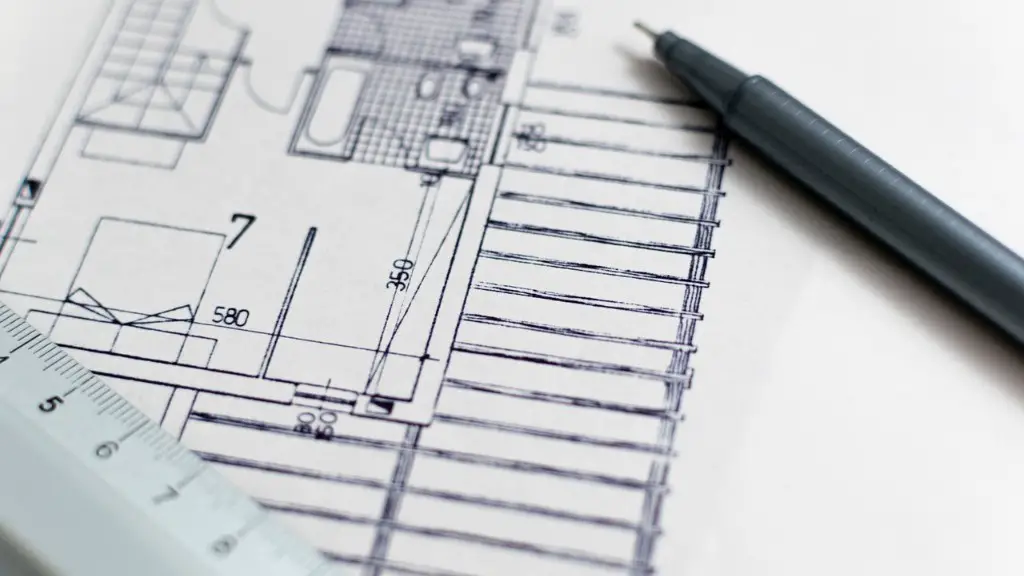Software architecture is an important part of software development and can be the determining factor in the success or failure of a project. Software architecture is the overall structure of a software system, including the combination of components, interactions between components, and the principles that govern its design and evolution. It serves as the foundation for the software development process, providing a framework that guides software development decisions and ensures that the final product meets the intended requirements. Ultimately, software architecture is responsible for the quality of the software, including its security, reliability, scalability, performance, maintainability, and other properties.
In software engineering, software architecture has become increasingly important due to the increased complexity of software applications that need to meet ever-changing requirements. With the advent of technologies such as mobile computing, social networking, cloud computing, and the Internet of Things, software applications are becoming increasingly interconnected, with many merchants and users relying on complex distributed systems. In order to be successful, these systems must be designed in such a way as to ensure scalability, robustness, and security, which requires a level of foresight and expertise that only comes with experience.
Software architecture provides the framework for software development, ensuring that the end product meets the requirements of the customer and fulfills its purpose. It helps developers to design and build software that is stable and maintainable. By using software architecture techniques such as modularization, abstraction, and layering, software complexity can be managed, allowing developers to focus on the functionality of the software instead of the underlying implementation. Furthermore, software architecture can help reduce development time and costs by enabling developers to reuse components and reduce the need for debugging.
Software architecture is also important for security. A well-designed software architecture will identify potential security vulnerabilities and provide mechanisms to prevent or mitigate these risks. By providing a secure framework for software applications, software architecture can protect users from malicious attacks and ensure data privacy. In addition, software architecture can help reduce the complexity of the software, making it easier to verify that the software meets security requirements.
In summary, software architecture can be a critical element in the success of a software project. It provides a framework that enables developers to design and build software that is stable, maintainable, secure, and of high quality. By using software architecture techniques, complexity can be managed and development time and costs can be reduced. As software applications become increasingly interconnected, software architecture will become even more important in ensuring the reliability and security of these systems.
Platforms and Frameworks
Software architecture is closely related to platforms and frameworks. A platform refers to a set of technologies, languages, or tools that can be used to develop applications. Frameworks, on the other hand, are organized software components that provide a standard structure and design for applications, allowing developers to create applications quickly and efficiently. Platforms and frameworks can be used to help developers implement software architecture principles, providing them with the tools and resources they need to design and build high-quality software applications.
Frameworks, for example, can provide developers with a set of tools, components, and libraries that can help them design and build an application, as well as identify and address security risks. They can also provide a platform for developing web and mobile applications, providing developers with the ability to create applications across multiple platforms. Platforms and frameworks can also help to speed up development time, by providing developers with a standardized set of components and libraries that can be reused and adapted quickly.
Frameworks and platforms can help developers understand and apply software architecture principles, providing standard structures and designs that can be reused and modified. By using platforms and frameworks, developers can create applications quickly and efficiently, while ensuring that the software meets the intended design goals and security requirements.
Processes and Practices
Software architecture is also closely related to processes and practices. Software processes and practices refer to the various methods, techniques, and systems that are used to develop, test, and maintain software applications. Processes and practices can help ensure that the final product meets the requirements of the customer, is secure and reliable, and is of high quality.
Software processes and practices can be used to help develop a software architecture. For example, a software development process such as agile can be used to design, build, and test software applications, while ensuring that the final product meets the requirements of the customer. Processes such as test-driven development can also be used to ensure that the software has been correctly implemented and meets the design goals.
Software processes and practices can help ensure that software development projects are successful. By using these processes and practices, developers can develop high-quality software applications quickly and efficiently, while also ensuring that the software meets the intended requirements and is secure and reliable.
Evolution and Maintenance
Finally, software architecture is important for the evolution and maintenance of software applications. Once a software application has been developed, it can evolve and change over time to meet the needs of the customer. In order for this evolution to be successful, the software architecture must be designed in such a way as to support changes and additions to the software. For example, by using modularization, software components can be added and modified without affecting the overall architecture of the system.
Software architecture is also important for maintenance. A well-designed software architecture makes it easier to identify and fix errors in the software, as well as to add new features. By using software architecture techniques, software functionality can be divided into components, which makes it much easier to identify and fix errors.
Software architecture is critical for the evolution and maintenance of software applications. By using appropriate software architecture principles and techniques, software applications can be designed and developed quickly and efficiently, and can be modified and maintained with minimal effort. Ultimately, software architecture is essential for the success of any software development project.
Advantages of Software Architecture
Software architecture can provide numerous advantages for software development projects. It can help speed up development time and reduce development costs, as developers can reuse components and reduce the need for debugging. Additionally, software architecture can help reduce the complexity of the software, making it easier to verify that the software meets security requirements. Moreover, software architecture can help ensure that the software meets the requirements of the customer, is secure and reliable, and is of high quality.
Finally, software architecture can help ensure that the software is maintainable. By using software architecture techniques such as modularization, abstraction, and layering, software components can be separated and modified independently, making it easier to fix errors and add new features. Ultimately, software architecture can be invaluable for any software development project, allowing developers to create robust and reliable software quickly and efficiently.
Conclusion
In conclusion, software architecture is an important element in the success of any software development project. It provides a framework for software development and helps to ensure that the final product meets the requirements of the customer, is secure and reliable, and is of high quality. Furthermore, it can help reduce development time and costs, as well as make the software more maintainable. Ultimately, software architecture can be a critical component for any successful software development project.




